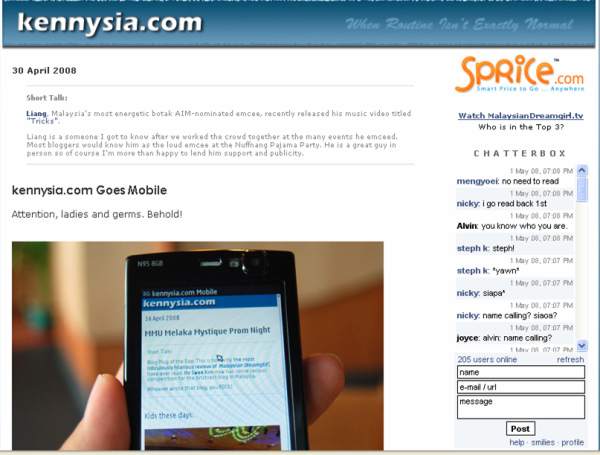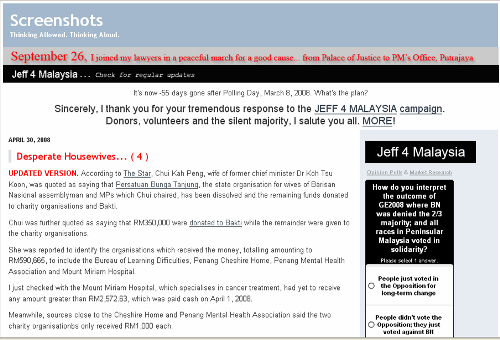Latest forms of media publishing
Today, in the 21st century, the newest forms of media publishing include vlogs and photologs. As discussed in one my earlier blog entries, 'Blog Classification And Communities', vlogs are video blogs and photologs are photo blogs. An example of a vlog would be You Tube while a photolog is Photobucket.
Issues surrounding You Tube and Photobucket
You Tube have always been associated with porn, copyright infringement, distribution of fake videos and propaganda. In general understanding, anyone could upload and view videos in You Tube. Hence, it is not surprising that random and even unethical videos can be easily obtained from You Tube. For instance, Fox News reported that Islamic terrorists are using the infamous vlog to spread terrorism propaganda by means of video to mass audience. An example of a video on You Tube where it is used as a propaganda tool, promoting terrorism to mass audience. Read the news article in Fox News, here.
An example of a video on You Tube where it is used as a propaganda tool, promoting terrorism to mass audience. Read the news article in Fox News, here.
Photobucket is associated with the hosting and unethical distribution of fake photos. With the invention of photo editing softwares like Adobe Photoshop, photos can be easily modified with just a couple of clicks. Hence, the close link to photo frauds and scandals especially in photojournalism. An example of a photo scandal commited by a reporter. The photo above is digitally modified and unreal. For further understanding, read this article, 'The Reuters Photo Scandal'
An example of a photo scandal commited by a reporter. The photo above is digitally modified and unreal. For further understanding, read this article, 'The Reuters Photo Scandal' An example of a photo that was modified. The bungee rope attached to the man was removed to make it look like he jumped to his death.
An example of a photo that was modified. The bungee rope attached to the man was removed to make it look like he jumped to his death.
Benefits of vlogs and photologs to the community
However, even though these media publishing forms are constantly associated with unethical issues, they too benefit the community, one way or another. For instance, You Tube is also a place where aspiring singers and advertisers post their work, allowing the public to view them and comment on them. Hence, using the comments as critics to improve themselves. Photobucket is a place where social relations can be build. People can upload their photos to the internet and share them with friends and family.
Reference list:
1.) Islamic Terrorists Using You Tube To Spread Propaganda 2007, Fox News, viewed on 29 April 2008 at http://www.foxnews.com/story/0,2933,251398,00.html
2.) Perry, S 2007, Photoshopped: UK Broadcast MP In Fake Photo Scandal, Digital Lifestyle, viewed on 1 May 2008 at http://digital-lifestyles.info/2007/10/01/photoshopped-uk-broadcast-mp-in-fake-photo-scandal/
3.) Sandoval, G 2006, YouTube Sued Over Copyright Infrindgement, ZD Net, viewed on 29 April 2008 at http://news.zdnet.com/2100-9588_22-6095736.html
4.) The Reuters Photo Scandal 2006, Zombietime.com, viewed on 2 May 2008 at http://www.zombietime.com/reuters_photo_fraud/
5.) Waters, D 2007, Video Service YouTube Grows Up, BBC News, viewed on 30 April 2008 at http://news.bbc.co.uk/2/hi/technology/6221588.stm










